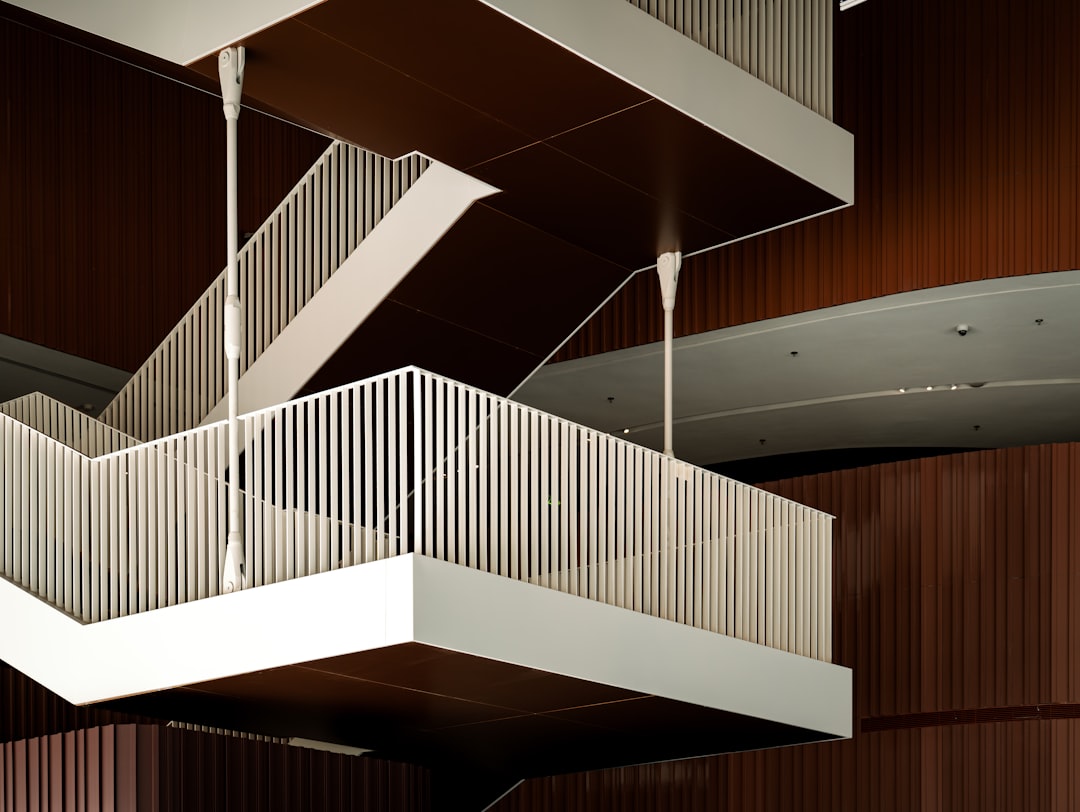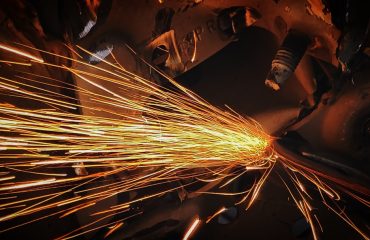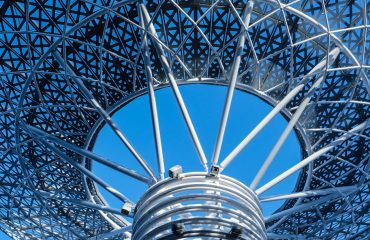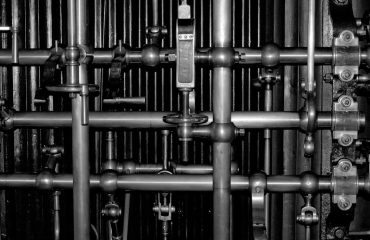Steel. A word that conjures images of strength, resilience, and industrial might. But in the world of residential architecture, steel is rapidly shedding its utilitarian image, emerging as a sophisticated and surprisingly versatile material for building stunning, modern homes. This blog post delves into the exciting world of steel home design, exploring its advantages, various aesthetic approaches, and crucial considerations for those dreaming of a steel-framed sanctuary.
The Unmatched Strength and Durability of Steel Homes
One of the most compelling reasons to choose steel for your home is its unparalleled strength and durability. Steel frames are incredibly resistant to high winds, earthquakes, and other natural disasters. This inherent robustness translates to a safer and more secure living environment. Furthermore, steel is non-combustible, providing superior fire protection compared to traditional wood-framed homes. This inherent fire resistance significantly reduces the risk of structural damage and enhances the overall safety of the dwelling. The longevity of a steel home is another significant advantage. Properly maintained, a steel-framed house can last for generations, requiring minimal upkeep and significantly reducing long-term maintenance costs compared to other building materials.
Aesthetic Versatility: Beyond Industrial Chic
While steel might initially evoke images of stark industrial designs, the reality is far more nuanced. Modern steel home designs embrace a wide range of aesthetic styles. From sleek, minimalist modernism to rustic farmhouses with a contemporary twist, the adaptability of steel allows architects to seamlessly integrate it into various design schemes. The clean lines and strong structural elements of steel can be complemented with a variety of cladding materials, such as wood, brick, stone, or stucco, creating visually stunning and texturally rich exteriors. Interior design possibilities are equally vast, allowing for open-plan living spaces, expansive windows that maximize natural light, and unique architectural features impossible with traditional building materials. Steel framing allows for greater flexibility in interior layouts, enabling homeowners to customize their living spaces to perfectly match their lifestyle.
Sustainable Steel: Eco-Friendly Home Building
Contrary to popular belief, steel is a surprisingly sustainable building material. Modern steel production utilizes recycled materials extensively, minimizing the environmental impact associated with sourcing raw materials. Steel framing also allows for precise construction, reducing material waste compared to traditional methods. Furthermore, the durability and longevity of steel homes contribute to their environmental friendliness. A long-lasting structure requires fewer replacements and renovations over its lifetime, reducing the overall carbon footprint associated with the building’s lifecycle. The energy efficiency of steel homes is another significant factor. Steel’s thermal properties can be optimized through insulation techniques, resulting in lower energy consumption for heating and cooling, leading to reduced utility bills and a smaller environmental impact.
Designing for Your Climate: Steel Home Considerations
While steel’s strength is a significant advantage, careful consideration must be given to climate-specific design aspects. In regions with extreme temperature fluctuations, proper insulation is crucial to maintain a comfortable indoor environment. The thermal bridging effect of steel can be mitigated through strategic insulation placement and the use of thermal breaks. In areas prone to corrosion, selecting appropriately treated steel and implementing protective coatings is essential to ensure the long-term durability of the structure. Understanding the specific climatic conditions of your location is crucial in designing a steel home that is both aesthetically pleasing and functionally effective.
Cost-Effectiveness and the Steel Home Advantage
While the initial cost of steel framing might seem higher than traditional methods, the long-term cost-effectiveness of steel homes becomes apparent when considering several factors. The reduced maintenance requirements, increased durability, and superior resistance to natural disasters significantly reduce the overall lifecycle costs. The speed of construction with steel framing can also lead to substantial time savings, potentially offsetting some of the initial investment. Furthermore, the precision of steel construction minimizes material waste, contributing to cost savings. The energy efficiency of a well-insulated steel home also translates to lower utility bills over the years, further enhancing its cost-effectiveness.
Building a steel home is an investment in durability, sustainability, and design flexibility. By carefully considering the factors discussed above, you can create a home that is both beautiful and resilient, a testament to the enduring strength and versatile appeal of steel in modern architecture.
Tags: Steel Home Design, Steel House Plans, Modern Steel Homes, Sustainable Steel Construction, Steel Frame Homes




